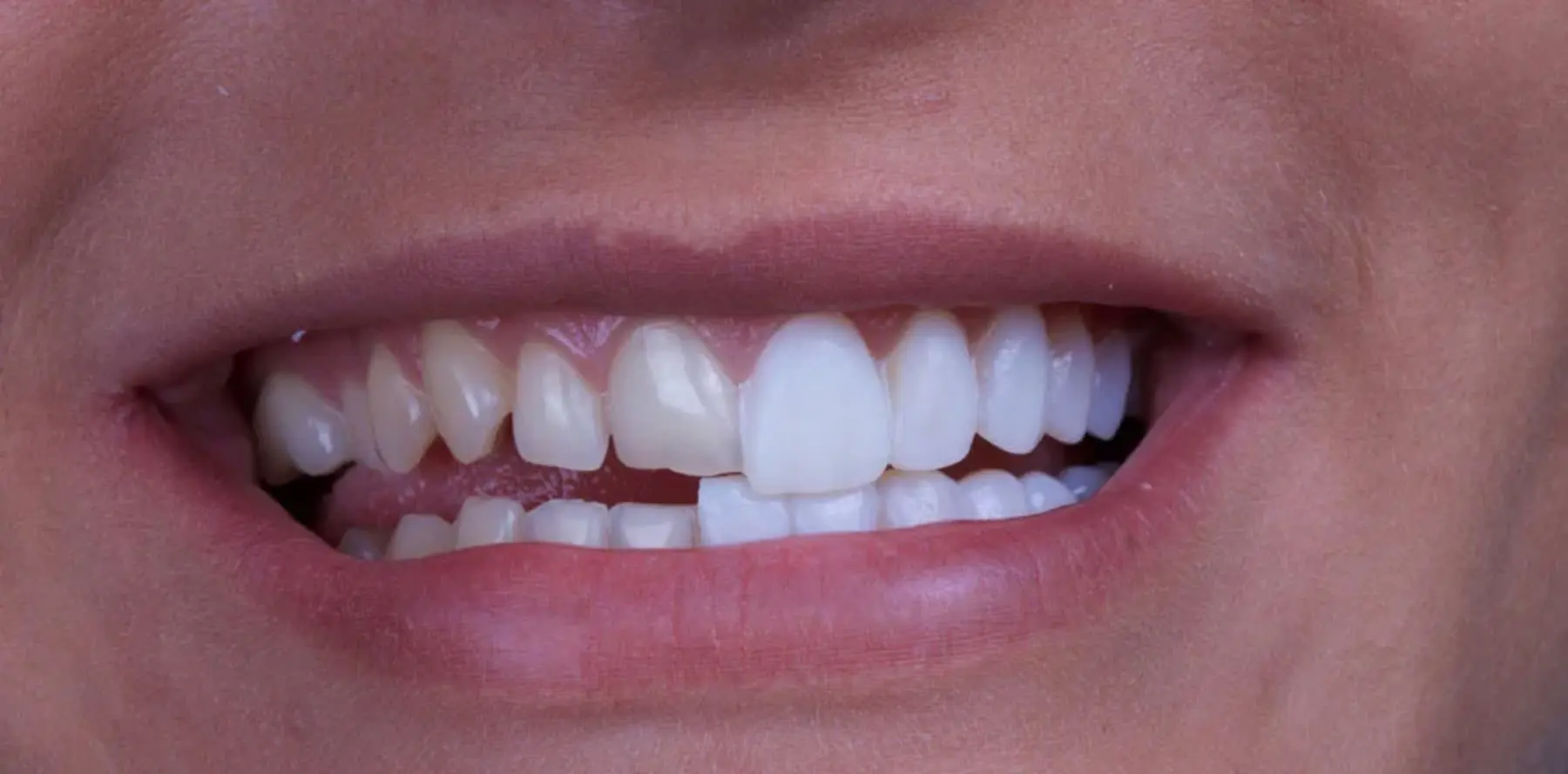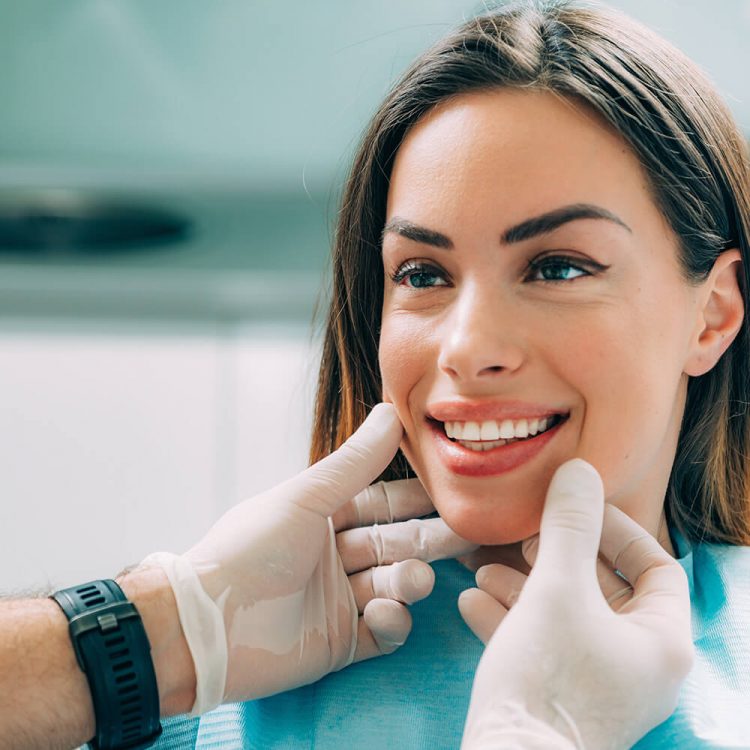🥦List of Non-acidic and Acidic Vegetables
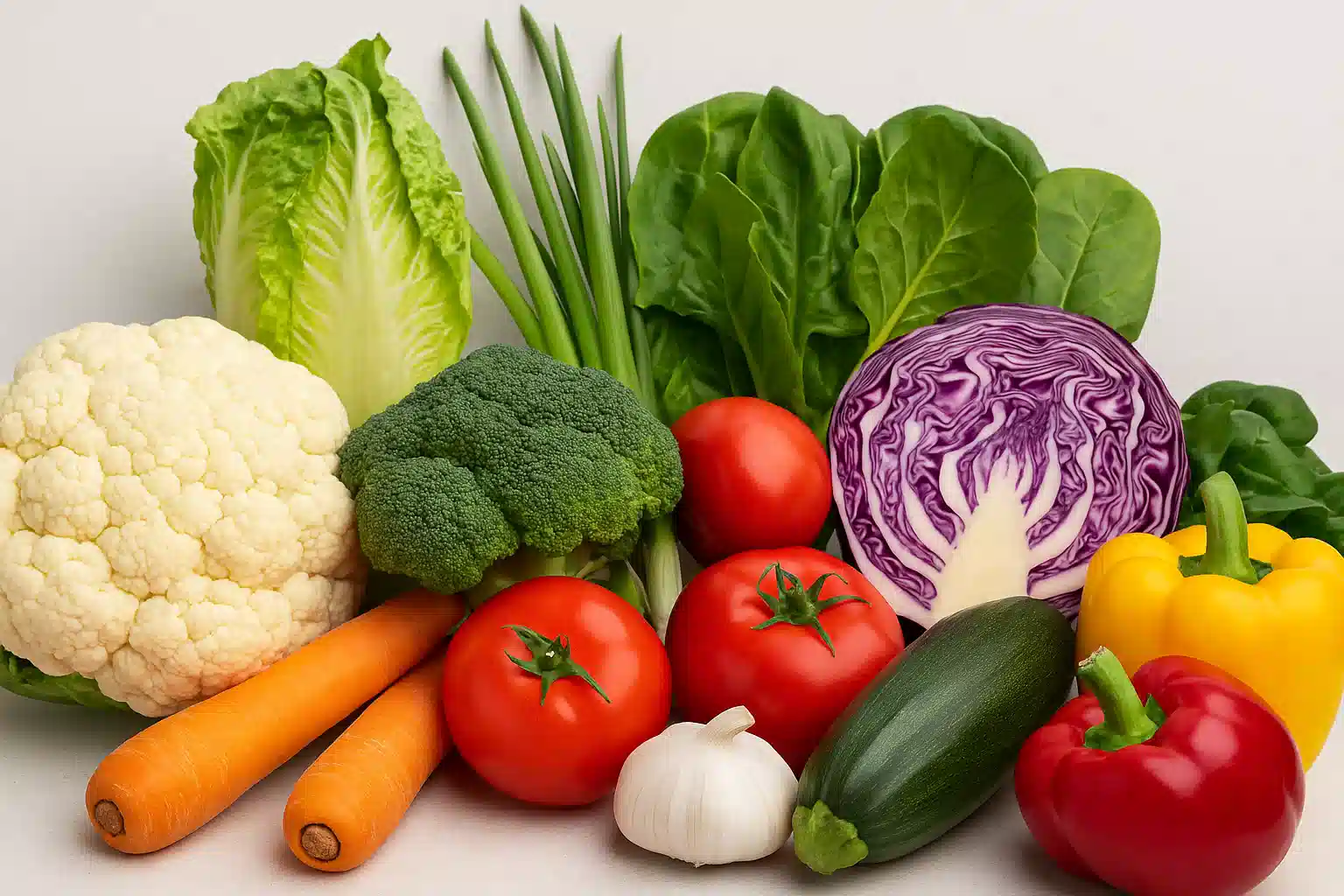
Vegetables are an integral part of a diet that is balanced, nutrient-rich and provides vital requirements, but the type and acidity of the vegetables consumed are very likely to affect dental health negatively or positively. While the majority of vegetables are classified as safe for the teeth and encourage saliva increase, as well as the supply of significant nutrients, some vegetables contain high natural acid levels or are commonly prepared in a way that is undesirable and could harm the enamel over time. Therefore, this article provides a breakdown of the best and the worst vegetables for the health of the teeth, concerning their influence on the oral pH and the integrity of the enamel.
✅ Non-Acidic Vegetables (Safe for Your Smile)
This section lists certain vegetables that assist in the care for the teeth through stimulation of saliva production neutralizing the oral pH, supply of nutrients, and neutralization of the oral pH.
Top Vegetables to Choose For Healthy Teeth:
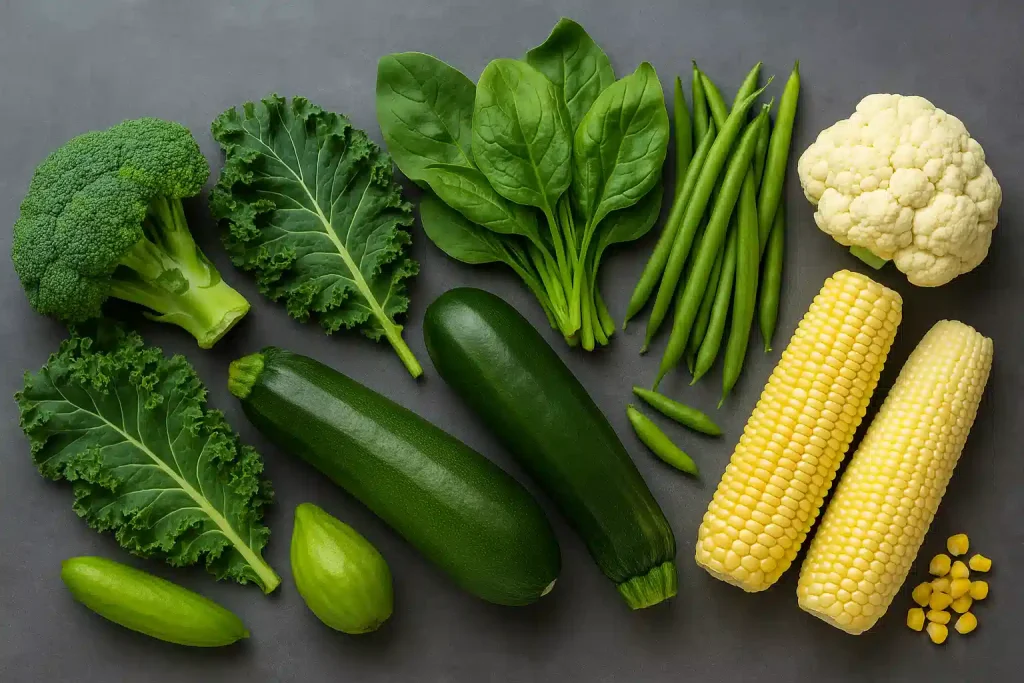
- Broccoli – Is packed with a lot of calcium and roughage and by chewing this vegetable, it actively cleans the mouth. It also helps avoid the formation of decay-causing bacteria with a lot of vitamin C and antioxidant properties that fight and combat inflammation.
- Spinach – It has the ability to provide a high content of iron, calcium, folate, vitamin C, and is alkaline rather than acidic, thus causing little harm to the teeth. These minerals help strengthen enamel in addition to eating them, ensuring good gum health, effective against swelling and bleeding.
- Zucchini – Although its hydrating features make it inherently neutral on the pH scale, this juicy vegetable’s healthiness promises not to initiate any damage to enamel due to its level of hydration. People can start eating this vegetable raw or cooked with different foods, always keeping their teeth healthy.
- Kale – Another super food with great nutritional value, famous mostly for antioxidants like spinach among others, advocating for strong, healthy, well-protected teeth. These vitamins, such as K.C.B, contain calcium deep within, helping counteract amino acid breakthroughs, lowering constraints durations on jaw maps, and are effective against bacteria growing there.
- Green beans – They are of a mild flavor with plenty of fiber, they cause prolonged chewing, mechanical removal of food particles as well as the production of more saliva, doing away with any organic matter left from other diets, thus contributing largely towards achieving good oral hygiene.
- Sweet corn- It is naturally rather low in acidity and provides the body with starches, vitamins, and fiber prob. However, it cannot be thickly mushy, so one should “keep chewing” once nibbling on regularly consumed crops.
- Cauliflower – Crunchy pieces are helpful in scraping away plaque build-ups left from meals, while highly fibrous cabbage acts similarly in promoting better overall mouth condition. Not only does it make munching fun, but this kind also contains compounds that positively affect when ingested.
❗ Acidic Vegetables (Use in Moderation)
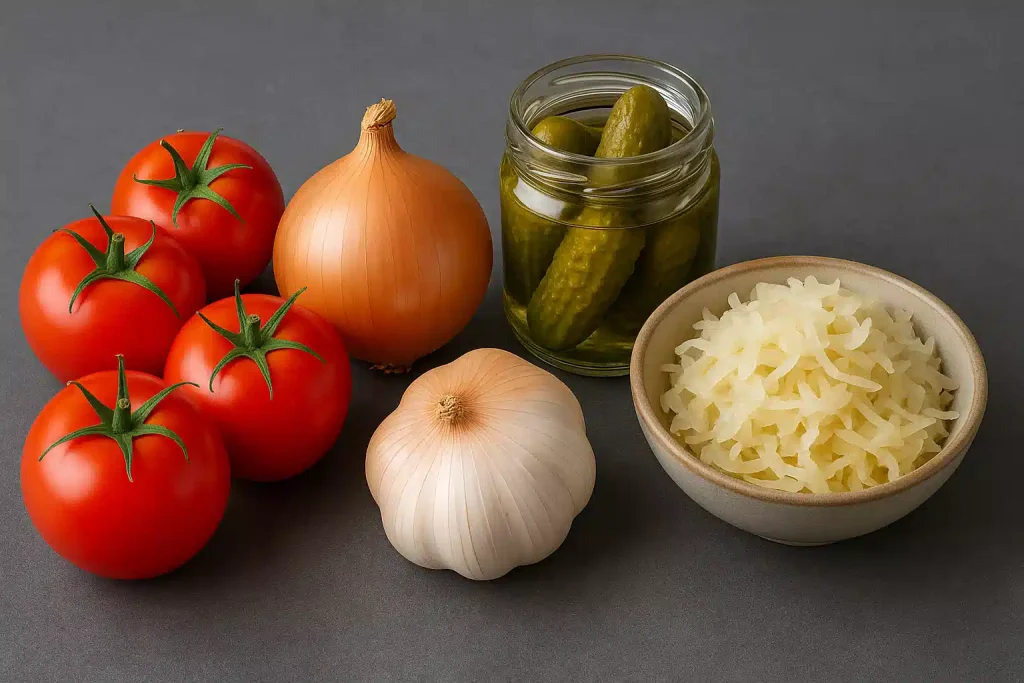
It appears that some vegetables are either naturally acidic or consumed as acidic products that can wear down enamel in occurrence of applying them too frequently. Here are some examples of acidic vegetables that you consume:
- Tomatoes – Tomatoes are full of the naturally occurring acids that can interfere with the outer layer of enamel; therefore, try to eat tomatoes only occasionally. They can be eaten in the raw form or in sauces, and in sauces, they can soften the enamel.
- Onions – This is another type of food that can be a cause of variability in the pH level. Onions, especially the raw ones, contain mild acidity that contributes to the risk of causing problems to your oral health, even though it is still eaten by many people.
- Pickled vegetables – Pickled vegetables are some vegetables that are preserved in an alkaline medium, preserved by placing them in vinegar and vinegar is among the most acidic foods. Though pickled vegetables are very refreshing and numerous people consume them, they may also do harm to the enamel.
- Sauerkraut – Sauerkraut is another example that fermented and acidic food; this product is rich in probiotics but not every tooth can withstand it. If you regularly eat this food, you may want to consider cutting back on it.
🥦 Smart Tips for Eating Vegetables Safely
- Eat vegetables with a low pH level alongside other foods to decrease their impact.
- Wash your mouth with water after you have eaten pickled or fresh acidic vegetables.
- Moreover, eat sour vegetables together with cheese or milk so that the pH will become neutralized.
- Don’t wash your teeth directly after acidic food; at least a 30-minute break is recommended.
🥕 Final Thoughts from Lema Dental Clinic
Vegetables are the lifeblood of a healthy diet, yet the worth of their nutritional and dental properties is the part that needs conscious understanding. Remember to use this list to choose your nourishing food judiciously, which also protects your enamel. Always keep in mind that a little of everything and proper mouth cleanliness more than suffice.
❓ Frequently Asked Questions
Yes! You see, when you munch on crunchy veggies such as raw broccoli and cauliflower, the “brush” comes to work and it helps you get rid of plaque and food debris.
Yes. Most of the preserved vegetables, example, sauerkraut, or kimchi, undergo a sour fermentation process, hence should be eaten in moderation with teeth in mind.
Not commonly, but with acidic dressings, like balsamic vinegar or lemon juice, which are capable of causing enamel erosion over time, it is wise to be watchful.
Yes. The steaming process and other light cooking methods, to some extent, can lower the acidity of certain vegetables, thereby reducing their abrasiveness on the enamel.
